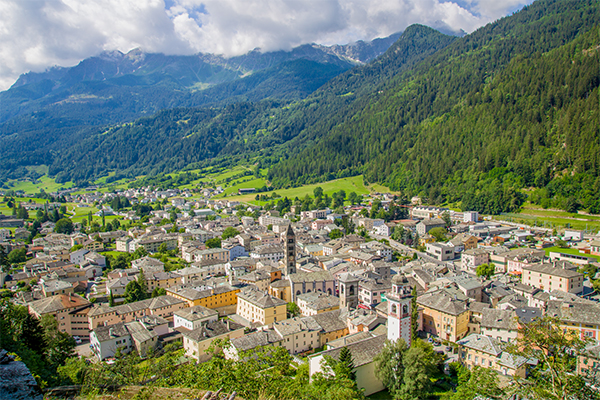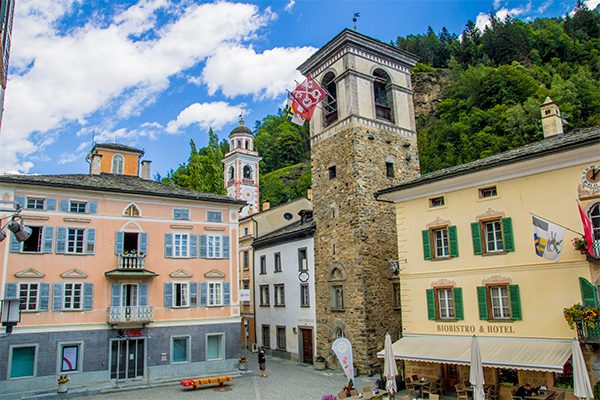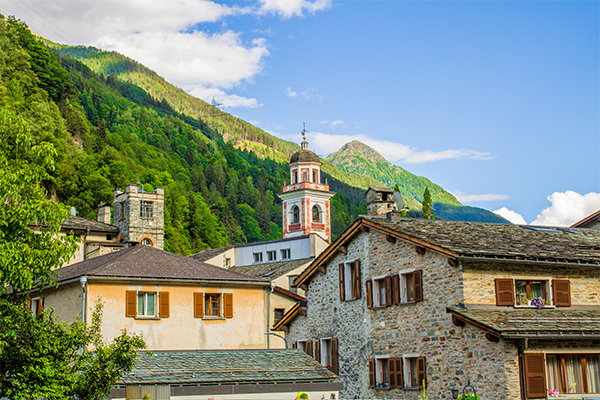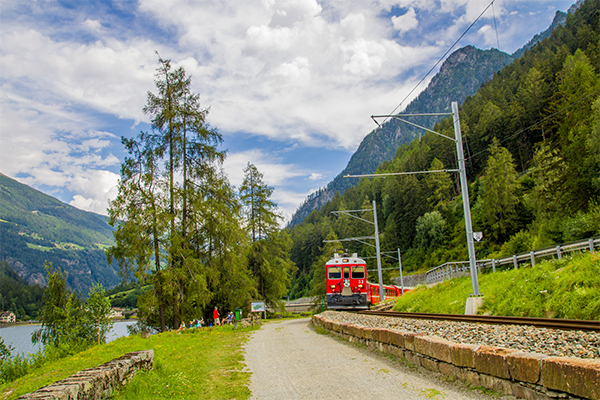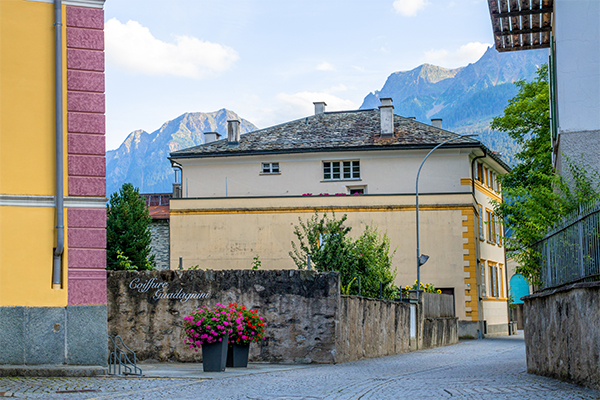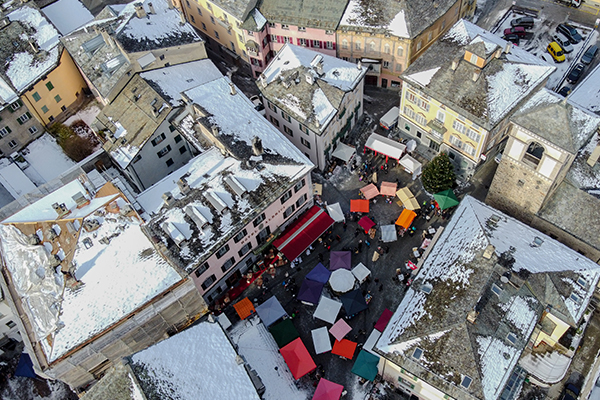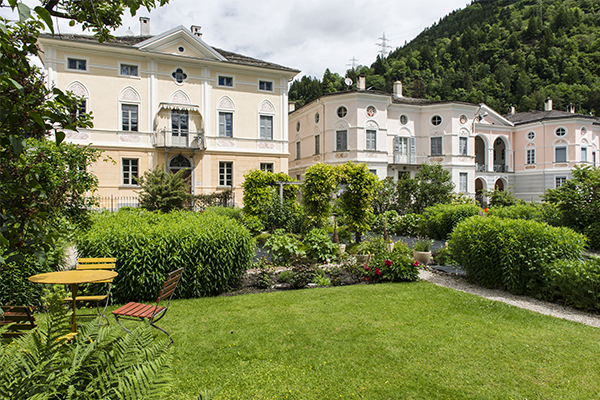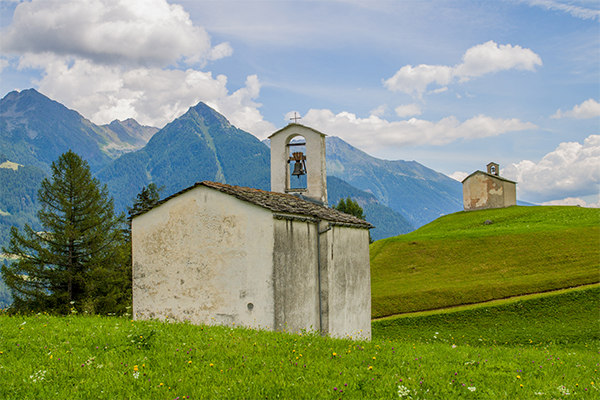Poschiavo
Poschiavo (in dialect, Pusc'ciâf ) is a pearl of Italian Graubünden, with a history and culture to be envied by many. Renowned for its local cuisine, its elegant square and the unspoilt nature of the Bernina red train, a UNESCO World Heritage Site.
Poschiavo is mentioned for the first time in a Carolingian diploma of the year 824. The parish church of Poschiavo with those of Bormio and Mazzo in Valtellina were donated by the Carolingian kings to the Parisian abbey of S. Denis. However, the donation was contested by the Bishop of Como, who not only held spiritual power but also temporal and patrimonial rights in the valley. The bishop of Chur also claimed dominion over the same territory.
Following the subjugation of Como and Valtellina to Milan in 1335, Val Poschiavo also fell under the rule of the Visconti in 1350. In 1406 the Poschiavini rebelled against the sale of the valley as a feud to Giovanni Malacrida di Musso and destroyed the castle of the Olgiati family, guarantor of Milanese interests. In order to seek protection they submitted in 1408 to the jurisdiction of the Bishop of Chur and became part of the Caddea League. Subsequently, both the municipality of Poschiavo and the proximity of Brusio, united in a single jurisdiction ("Hochgericht"), shared the fate of the Three Leagues of Graubünden.
In 1797 Napoleon Bonaparte took Valtellina away from the Three Leagues and annexed it to the Cisalpine Republic. Val Poschiavo rejected the annexation with disdain, remaining faithful to the Grisons. The new border to the south cut a community that had been united by common interests for centuries in two and the trade bloc brought the local economy to its knees. In 1801 the Three Leagues were annexed to the Helvetic Republic, but the Poschiavins rebelled against the new order. The alternating occupation by Austrian and French troops and the consequent requisitions imposed a particularly harsh regime on the valley. With the Act of Mediation of 1803, Val Poschiavo and the Canton of Graubünden also became part of the Swiss Confederation.
In 1851, the municipality of Brusio separated from the municipality of Poschiavo. A federal decree of 1869 separated Val Poschiavo from the diocese of Como and integrated it into the diocese of Chur. Thus not only politically but also in the religious sphere the valley was definitively oriented northwards. After several attempts, a new municipal constitution was finally accepted in 1878, although the schools remained confessionally separated until 1967.
Not to be missed
Features
There are no upcoming events.
| Culture |  |
| Landscape |  |
| Gastronomy |  |

